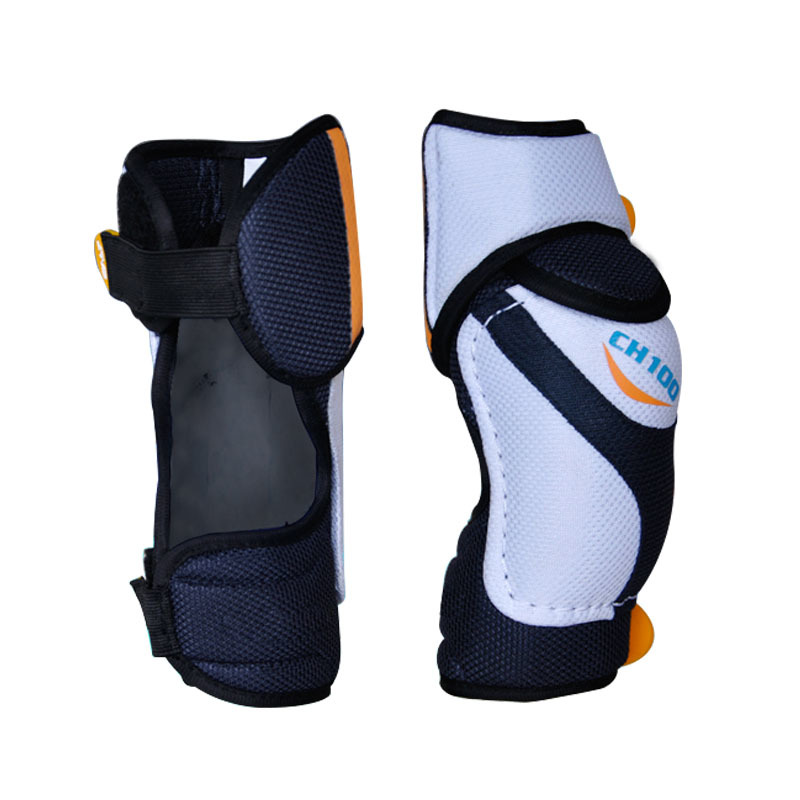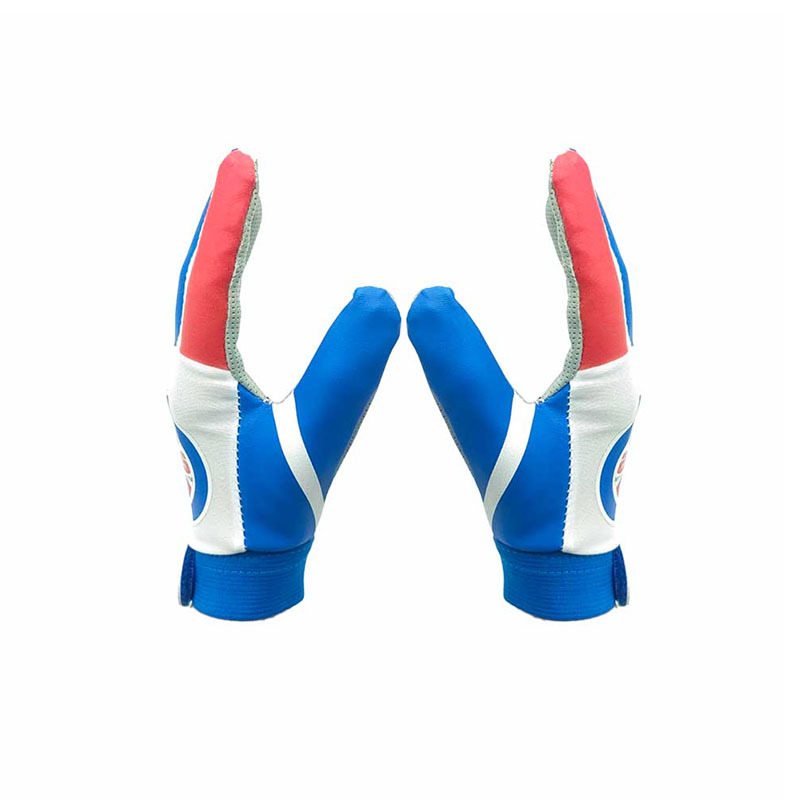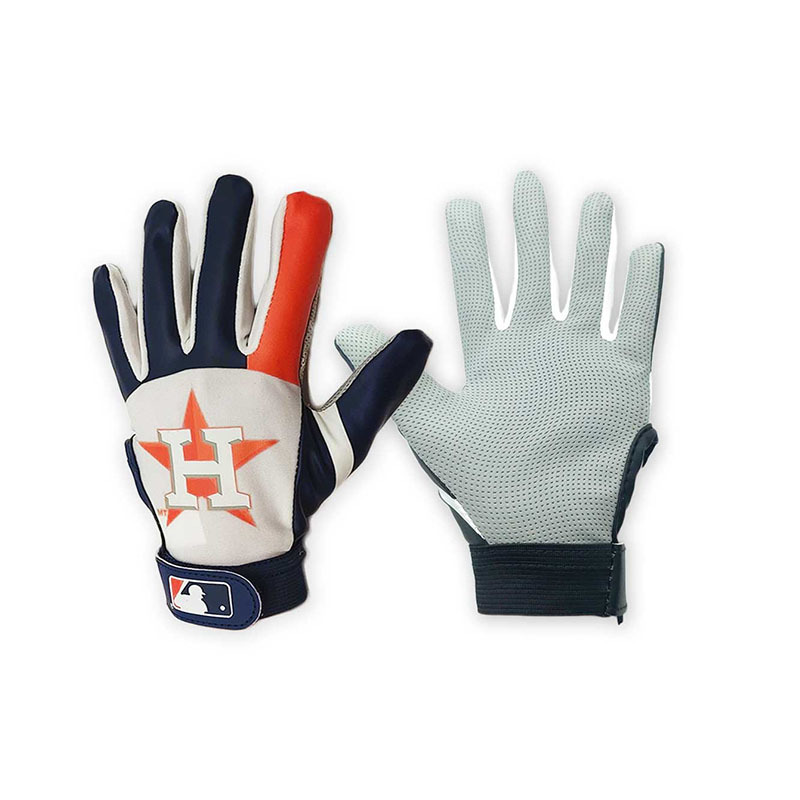Choosing the Perfect Fit: Your Comprehensive Guide to Protective Gears for Every Sport
Release Time:
Jun 18,2025
Choosing the Perfect Fit: Your Comprehensive Guide to Protective Gears for Every Sport When it comes to participating in sports, safety should always be a top priority. The right protective gear can not only enhance your performance but also greatly reduce the risk of injury. In this extensive guide, we will explore how to choose the best protective gear for different sports, ensuring that you sta

Choosing the Perfect Fit: Your Comprehensive Guide to Protective Gears for Every Sport
When it comes to participating in sports, safety should always be a top priority. The right protective gear can not only enhance your performance but also greatly reduce the risk of injury. In this extensive guide, we will explore how to choose the best protective gear for different sports, ensuring that you stay safe and comfortable while performing at your best.
Table of Contents
- 1. The Importance of Protective Gear in Sports
- 2. Types of Protective Gear Available
- 3. Choosing the Right Size and Fit
- 4. Sport-Specific Protective Gear
- 5. Materials and Technologies in Protective Gear
- 6. Maintaining Your Protective Gear
- 7. Common Mistakes to Avoid When Choosing Protective Gear
- 8. Conclusion
1. The Importance of Protective Gear in Sports
Protective gear plays a crucial role in minimizing the risk of injuries in sports. According to statistics, an alarming number of sports-related injuries occur each year, many of which could be prevented with the appropriate protective equipment. Whether you engage in contact sports like football or non-contact activities like cycling, investing in quality protective gear is essential for your well-being.
2. Types of Protective Gear Available
There is a wide variety of protective gear available on the market, designed to protect different parts of the body. Below are some common types of protective gear:
- Helmets: Essential for sports like cycling, football, and skateboarding, helmets protect the head from traumatic injuries.
- Shoulder Pads: Commonly used in contact sports, these pads provide cushioning and support to the shoulders and chest.
- Knee and Elbow Pads: Vital for activities such as skateboarding and rollerblading, these pads shield the joints from impacts.
- Mouthguards: Important for contact sports to safeguard teeth and gums from damage.
- Shin Guards: Often used in soccer and hockey to protect the lower legs from injuries.
3. Choosing the Right Size and Fit
Choosing the right size and fit for your protective gear is critical for maximizing safety and comfort. Ill-fitting gear can not only compromise protection but also hinder performance. Here are some tips for selecting the right fit:
- Measure Accurately: Use a measuring tape to get accurate measurements of your body parts that the gear will cover. This includes head circumference for helmets and waist size for pads.
- Consult Size Charts: Each brand may have its own size chart, so refer to it when selecting gear.
- Try It On: If possible, try the gear on before purchasing. Ensure that it is snug but not too tight, allowing for movement.
- Check for Adjustability: Look for gear that has adjustable straps or features, which can help achieve a better fit.
4. Sport-Specific Protective Gear
Different sports require specific types of protective gear. Understanding what each sport entails can guide you in making informed choices. Here’s a closer look at some popular sports and the protective gear associated with them.
4.1 Football Gear
In football, the right gear is vital for player safety. Key components include:
- Helmets: Designed to absorb impact and protect against concussions.
- Shoulder Pads: Provide cushioning and support during tackles.
- Mouthguards: Protect teeth and reduce the risk of jaw injuries.
4.2 Hockey Gear
Hockey is another high-impact sport where protective gear is crucial. Essential gear includes:
- Helmets: Must include a full face shield or cage for facial protection.
- Shoulder and Elbow Pads: Safeguard against impacts from pucks and body checks.
- Shin Guards: Protect the legs from skating blades and pucks.
5. Materials and Technologies in Protective Gear
Modern protective gear incorporates advanced materials and technologies to enhance safety and comfort. Key materials include:
- Foam Padding: Used in helmets and shoulder pads for shock absorption.
- High-Performance Fabrics: Breathable and moisture-wicking materials keep athletes cool and dry.
- Impact-Resistant Plastics: Commonly found in shin guards and helmets to provide durable protection.
6. Maintaining Your Protective Gear
Proper maintenance of your protective gear can extend its lifespan and ensure optimal performance. Here are some tips for maintaining your gear:
- Regular Cleaning: Follow manufacturer instructions for cleaning, usually involving mild soap and water.
- Drying Properly: Allow gear to air dry completely after use to prevent odors and mildew.
- Routine Inspections: Check gear for any signs of wear and tear, replacing items as needed.
7. Common Mistakes to Avoid When Choosing Protective Gear
Many athletes make mistakes when selecting protective gear, which can compromise safety. Here are some common pitfalls to avoid:
- Skipping the Fitting Process: Always take the time to find the right fit.
- Choosing Style Over Safety: Prioritize protection over aesthetics.
- Ignoring Manufacturer Guidelines: Follow recommendations for gear usage and maintenance.
8. Conclusion
Choosing the right protective gear is vital for ensuring safety and enhancing performance in any sport. By understanding the importance of protective gear, knowing how to select the right fit, and maintaining your equipment properly, you can enjoy your sports activities with confidence. Always prioritize quality and fit over price when investing in protective gear, as it is an investment in your health and safety. Remember, with the right protective gear, you can play hard while staying safe.
FAQs
1. How do I know what size protective gear I need?
Measure the relevant parts of your body and consult the size charts provided by manufacturers for accurate sizing.
2. Is it necessary to wear protective gear for non-contact sports?
Yes, even non-contact sports can pose risks, and wearing protective gear can prevent injuries.
3. What should I look for in a mouthguard?
Choose a mouthguard that fits well, offers comfort, and provides adequate protection for your teeth and gums.
4. How often should I replace my protective gear?
Inspect your gear regularly for signs of wear and replace it as needed, especially if it's damaged or no longer fits properly.
5. Can I use protective gear from one sport for another?
It’s not recommended, as gear is specifically designed for the unique risks associated with each sport.
By following this comprehensive guide, athletes of all levels can make informed decisions about protective gear, ensuring they remain safe while enjoying their favorite sports.
Keywords:
More information









